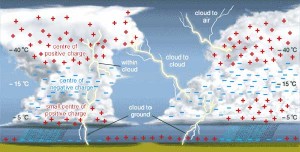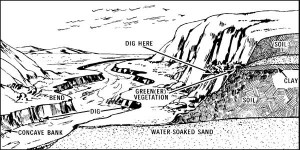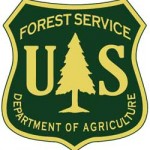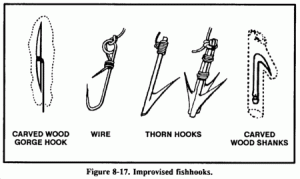Off-Road Driving Techniques & Tactics
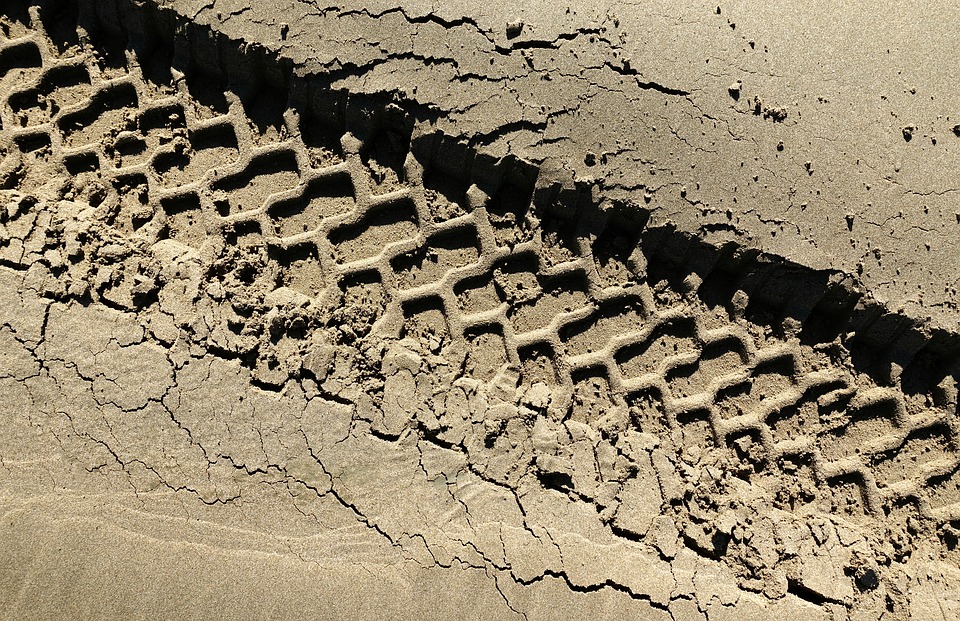 Some are recreational off-roaders, to whom, much of this will be core knowledge. Some of us drive off-road only occasionally to access some of the more remote portions of our regions; such as the Forest “Roads” of National Forests. More commonly, though people find themselves occasional off-roaders because of weather conditions or other unexpected situations. This article is for the last two categories. It can save you damage to your vehicle, hazard to life/limb and hopefully and being stranded.
Some are recreational off-roaders, to whom, much of this will be core knowledge. Some of us drive off-road only occasionally to access some of the more remote portions of our regions; such as the Forest “Roads” of National Forests. More commonly, though people find themselves occasional off-roaders because of weather conditions or other unexpected situations. This article is for the last two categories. It can save you damage to your vehicle, hazard to life/limb and hopefully and being stranded.
Before Your Off-Road Drive
Before ANY extended road trip or journey into unfamiliar areas, be sure to follow the basic automotive & planning precaution.
Techniques & Tactics For Off-Road Driving
First of all find out the overhang distance of your vehicle. This is the distance from the front of your vehicle to the first point you see on the road in front of the vehicle. The point in front of the vehicle is calculated with you seated normally in the drivers seat. You will be surprised at how far this overhang distance extends to the front.
- As the road is constantly changing you must learn to search ground quickly and make decisions on wheel placement early.
- Lower or remove your radio antenna to prevent damage or fit one with a spring base.
- Search the ground in a rectangular pattern looking from the front as far out as possible on the drivers-side wheel track and then back in towards the vehicle along the passenger-side wheel track.
- Identify and avoid any object that can damage the tires or under-body components of the vehicle such as stumps, sharp rocks, or deep potholes. At times it may be better to drive a wheel over a large rock rather than have the vehicle straddle it. By doing this, you raise the vehicle’s differential ground clearance and you prevent possible under body damage by hitting rocks. Assist with this by learning the location of the front and rear differentials in relation to where you as the driver sit.
- Remember, where applicable, to lock your free wheeling hubs or central differential.
- It is a good idea to lower your tire pressure to around 80% of your highway running pressure. This will give the tires a little more flex and grip to mould over rocks and loose gravel rather than causing the wheels to spin and lose traction, which would
- occur if the tires were left at the hard highway running pressure.
- When driving in soft or sandy conditions the lowering of tire pressures can prevent bogging. For example, in a mid-sized SUV, tires can be lowered to a minimum pressure of 16psi in both split and safety rims. Tires should be re-inflated immediately after traversing the obstacle, failure to do so will lead to tire damage.
- Where you are going up or down a steep hill always engage low range on the transfer case. For those vehicles that don’t have a low range capability be very careful to assess the terrain so that you may safely negotiate it.
- For those auto transmission 4WD vehicles select low range and lock the gear lever in low gear whenever descending a steep off-road track.
- Drivers of manual 4WD vehicles should remember that depressing or riding the clutch off-road is fraught with danger.
- If you stall or stop the vehicle on a descent you can restart in low range with the vehicle in gear. Simply turn the key on and do not depress the clutch. Cover the brake pedal and be ready to apply brake pressure if the vehicle surges forward (common with fuel-injected vehicles). This ensures you are under control at all times with the engine running and gears engaged. Don’t ride the brakes but feather them as required to slow the rate of descent.
- Keep both hands on the steering wheel as much as possibly (10 and 2 o’oclock, as they say in racing), but do NOT lock your hands around your steering wheel with your thumbs on the inside. Sudden changes in terrain can frequent shift the tires & thus the steering wheel, a situation that has dislocated or broken more than a few digits. It is better to momentarily lose steering control than to impair your ability to steer for the remainder of the journey.
If you intend to drive off-road with any regularity, check your local area for public & private organizations (outdoor enthusiasts, SUV dealerships, hunting clubs, etc) that may offer hands on training in a controlled setting. Skills & confidence are easier to build in advance, than a suspension after the fact.
Additional Research:
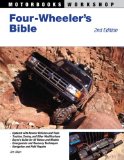 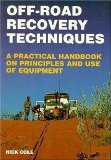 |
